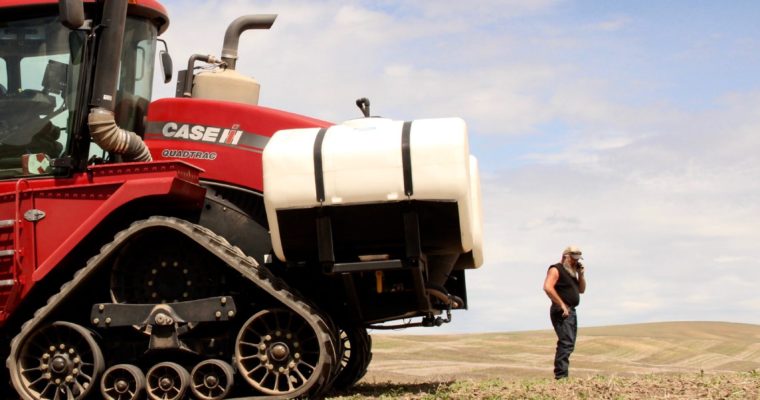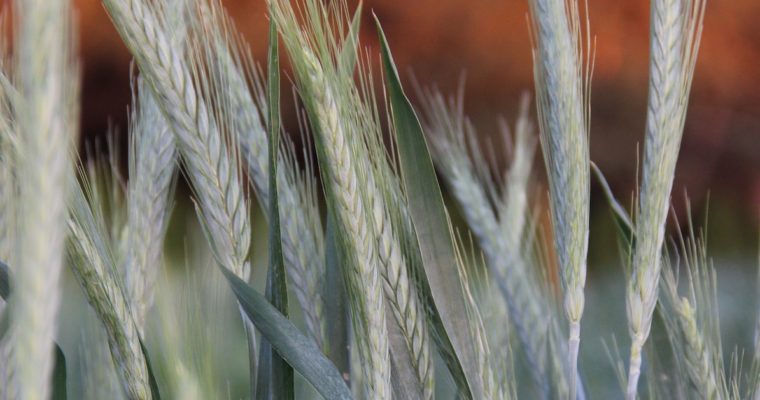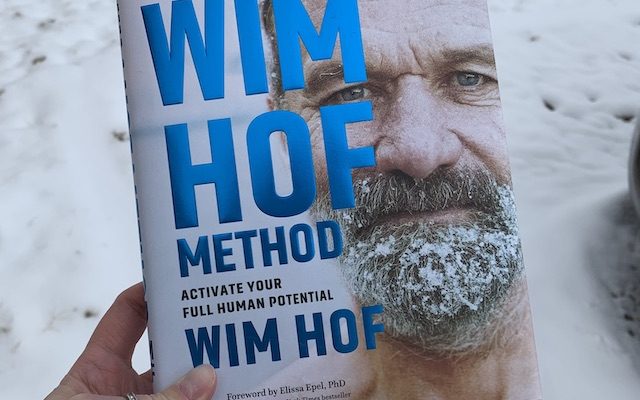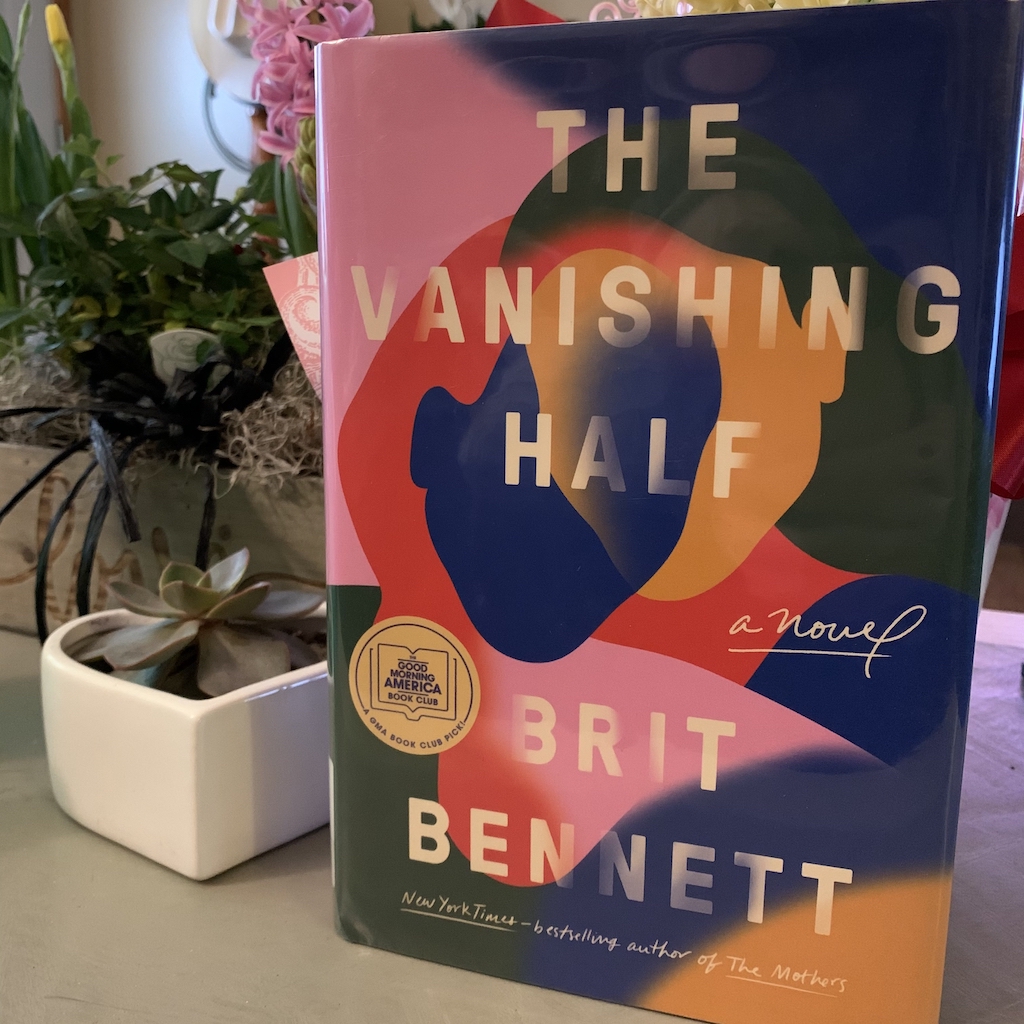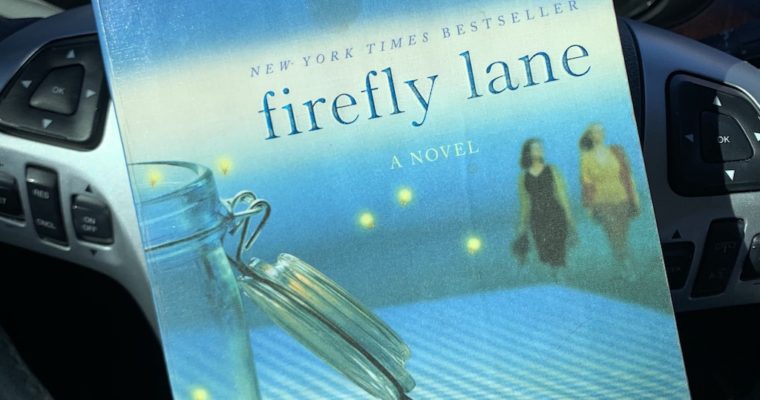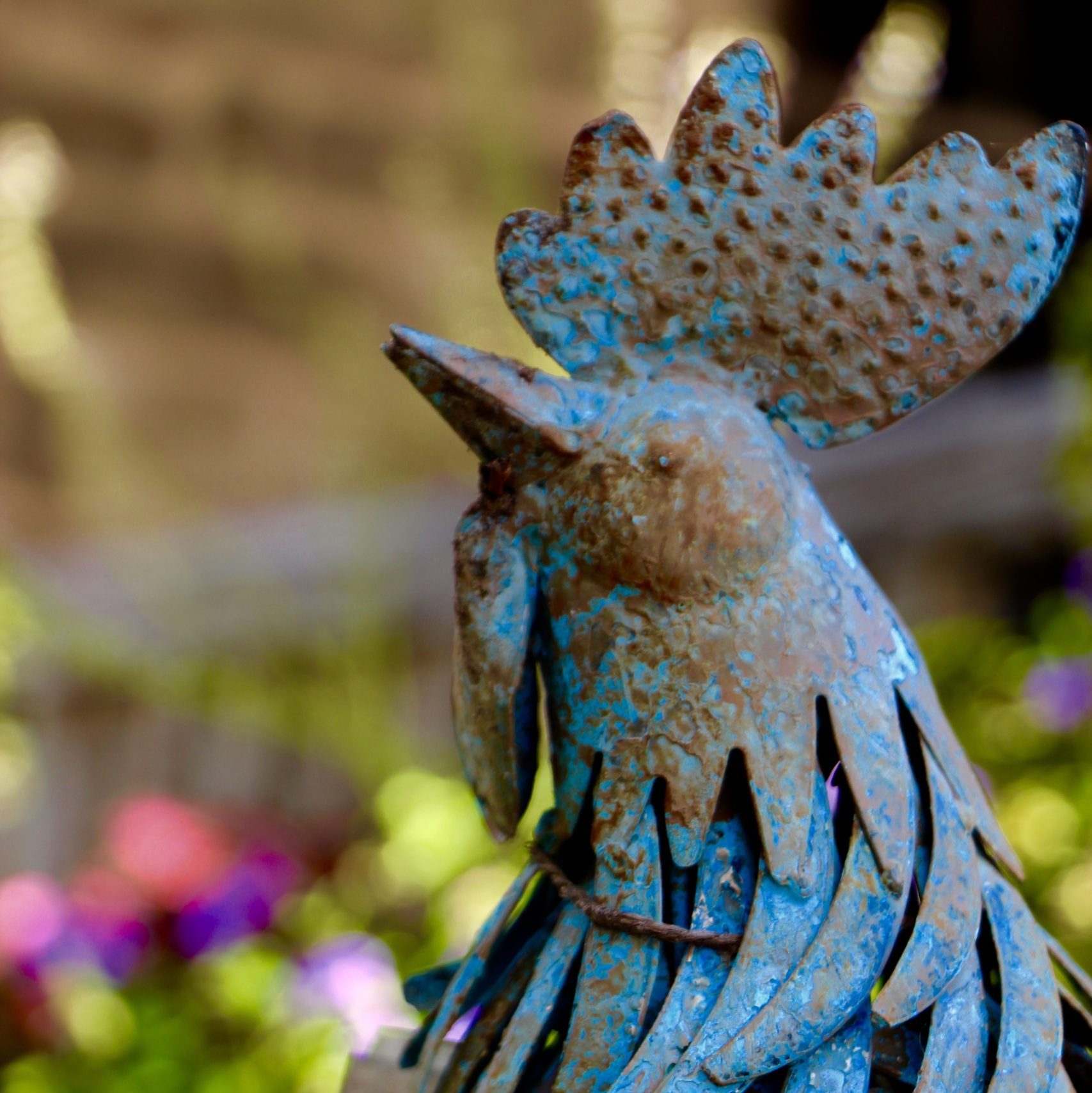There are many reasons why a farmer might feel the need to change up their management or farming practices. They might have identified a problem and want to figure out how to fix it. Or they might have seen a new way of doing something, therefore, optimistically wanting to also implement the idea on their farm also. Either way a farmer thinks about changing their current practices, they go through a process of adopting and implementing the new idea. This process is called, the innovation-decision process, coined by the theorist Everett M. Rogers (2003).
The Innovation-Decision Process
Making any type of change on a farm is not taken lightly. The farm is, in and of itself, a direct reflection of a farmers’ livelihood, and therefore, not an easy one. It can be a small, quick decision that doesn’t need a whole lot of mental capacity, or it could be a major decision that can impact the future of the farm and the generations that follow. Either way, farmers go through the innovation decision process, a five-stage process that the farmer is actively participating in, whether they acknowledge they are or not. The a five stages include: knowledge, persuasion, decision, implementation, and confirmation). Some farmers might stay in one stage longer than others due to their own personal experience, outlying factors, etc., but as they move through the process individuals ultimately have a change in belief and way of life.
Knowledge
During the knowledge stage of the process, farmers will become aware of the innovation and begin to understand it. Gathering information during the knowledge stage can be done passively or actively. Passive awareness happens when the farmer learns about the innovation first, before they realize they might consider adopting the innovation. They might become aware of the innovation from other farmers, funding opportunities, attending a conference or meeting, their local extension agent, or their next-door neighbor. Active awareness is when a farmer identifies an issue and engages in behavior that leads them to consider adopting the innovation. They are actively seeking information about the new idea. The farmers might more specifically engage in selective exposure, where they begin to form their own thoughts about the topic, putting themselves in situations where they can gain more knowledge about the topic. Additionally, they also might use selective perception, where as they gather information they are using preexisting beliefs to understand and interpret the information they are gaining. During the knowledge stage, their perception about the innovation when gathering information about it, can elicit a change in their mindset.
Persuasion
When the farmer has gained a bit more information about the innovation, they move on to the persuasion stage of the process. In this stage, the farmer, importantly, forms a favorable or unfavorable attitude toward the innovation using evaluation characteristics. They begin to psychologically imagine the innovation being applied to their present or anticipated future management ideas. The farmers think about the compatibility of the innovation, relating the innovation to his or her own farm management, personal values, and personal experiences. They evaluate the relative advantage of the innovation, in which they understand whether or not the innovation is better than what their current farm management practices are. They decide whether or not the innovation can be tried or experimented on in their own personal farm situation, maybe by experimenting with test plots or renting a drill to seed on their land. They evaluate if the innovation has the ability to be observed, they want to know if they can see tangible results or not.
Ultimately, when the farmer makes a connection between their existing land management situation and the implementing the new innovation, they begin to form their own thoughts about what full adoption might look like in the future. This is when the farmer mentally reviews the consequences of the innovation. Some innovations, that can make a large-scale impact on the farm, are costly investment, and often, not an instant gratification process. The innovation might take multiple cropping seasons and many years to actually see a benefit. However, even after evaluating these consequences on their own the farmer typically seeks further education about the innovation. They might reach out to early adopters or opinion leaders of the innovation or change agents to evaluate those consequences on their own farm situation. Importantly at this stage, farmers make the decision to accept or reject the innovation. If a farmer feels the need to further explore the innovation, they move on to the decision stage, where they make major leaps to attempt the innovation.
Decision
At this stage, a farmer typically engages in activities that lead them to a choice of adopting or rejecting the innovation. Such activities include attending specific workshops, conferences, or talk with other farmers about the innovation. Attending local Extension events and field tours can help farmers get a better real-world applicability of the innovation. Although at each stage of the innovation-decision process a farmer can reject the idea, the decision stage is when an actual yes or no answer must be made. For example, if a farmer has thought about adopting the innovation and seen with their own eyes that it did not produce enough positive benefits, they might actively reject the innovation. On the other hand, a farmer might passively reject the innovation, in which the farmer does not consider the innovation because they have no belief in implementing it or trying it at all. If the farmer does believe that the innovation could work, and is willing to give it a try on their land, the farmer is ready to move to the implementation stage.
Implementation
Farmers are now willing to give the innovation a try by physically implementing it on their personal management situation. This stage comes with a lot of uncertainty and worry, due to the consequences of the innovation, and can often last for a long period of time. It truly depends on the nature of the innovation, since some management practices might take multiple years to see a direct benefit.
This stage of the innovation-decision process is critical. If the farmer already has an unsure attitude coming into the implementation stage, they could easily leave when direct results are not obtained within a short amount of time. Therefore, leaving the persuasion stage with a change of heart and belief in the innovation is important for a successful implementation stage. Ultimately, their value and belief in the innovation is their main driver to see the innovation through to light of direct benefit.
Confirmation
The final stage of the innovation-decision process is the confirmation stage. Here, farmers are seeking reinforcement to ensure they have made the right decision, which can be repeated consistently. If they do not find reinforcement and are exposed to negative repercussions they might feel conflicted, named cognitive dissonance. This is an uncomfortable state of mind that farmers feel when trying to justify their decision to adopt and implement the innovation. If a farmer is feeling good about their innovation, they will have less cognitive dissonance and be fulfilled with their decision. However, if the farmer sees negative benefits from the innovation, they will feel uncertain and potentially let the innovation go. This is rare, as the farmer would have already decided to not implement the innovation in the first place. Typically, the farmer’s belief and attitude towards the innovation is strong.
Adopting a new innovation on a farm can be overwhelming, time consuming, and costly. Farmers are always assessing their decisions and changing things when they deem necessary. Again, it ultimately depends on many factors. Including the nature of the innovation or idea, how relatable and compatible it is to their current farming situation or biological factors of their land, having a community of people who are also using the innovation, being able to observe the innovation being currently implemented somewhere else, and even the personal beliefs and characteristics of the farmer making the decisions to implement the innovation. Most major farm management decisions require the farmer to truly believe and accept the innovation as a way of life and a way forward in the evolution of their farm.
References
Rogers, E. M. (2003). Diffusion of innovations (5th ed.). New York, NY: Free Press, Simon and Schuster.
